"Too many monks and too little gruel," the MPV market sees various factions vying for dominance
![]() 09/25 2024
09/25 2024
![]() 466
466
"Although the number of players in the MPV market is increasing, the overall demand for MPVs is gradually becoming more rational.
"Voyah will definitely remain in the 'game' in the future," said Voyah CEO Lu Fang in response to media comments that Voyah's vehicles lacked distinct characteristics. "I believe Voyah strives to excel in every aspect to fully satisfy customers' needs," he added during an interview at the launch of the new Voyah Dreamer.
Whether Voyah can achieve this remains to be seen. However, based on Voyah's delivery data from the first eight months of this year, in August, Voyah delivered 6,156 new vehicles, a year-on-year increase of 54%. From January to August, Voyah has delivered a cumulative total of 42,547 vehicles, a year-on-year increase of 90%, with the Dreamer serving as a significant contributor to Voyah's sales.
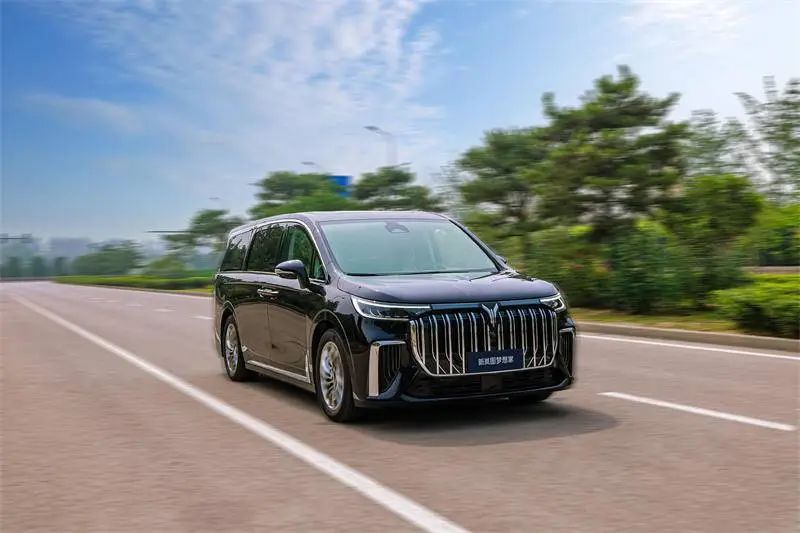
Not just Voyah, but since last year, after gaining a lead in the market below 200,000 yuan, domestic brands have begun to focus on the MPV market, which has long been dominated by joint ventures, launching aggressive product offensives.
Among them, domestic brands have been particularly proactive, positioning electrification and premiumization as core strategies for MPV development. In terms of technology, domestic MPV models often adopt pure electric or plug-in hybrid powertrains. In terms of pricing, domestic MPVs are generally priced above 300,000 yuan, reflecting domestic brands' aspiration to elevate their brand image through premium MPV models.
"Automakers are launching a spate of new energy MPV models because the new energy vehicle product category has not yet fully penetrated this niche market dominated by fuel vehicles, and the development prospects of this market are promising," industry analysts said. "The profit margin of premium MPVs is more considerable, which can help improve the profitability of new energy vehicles."
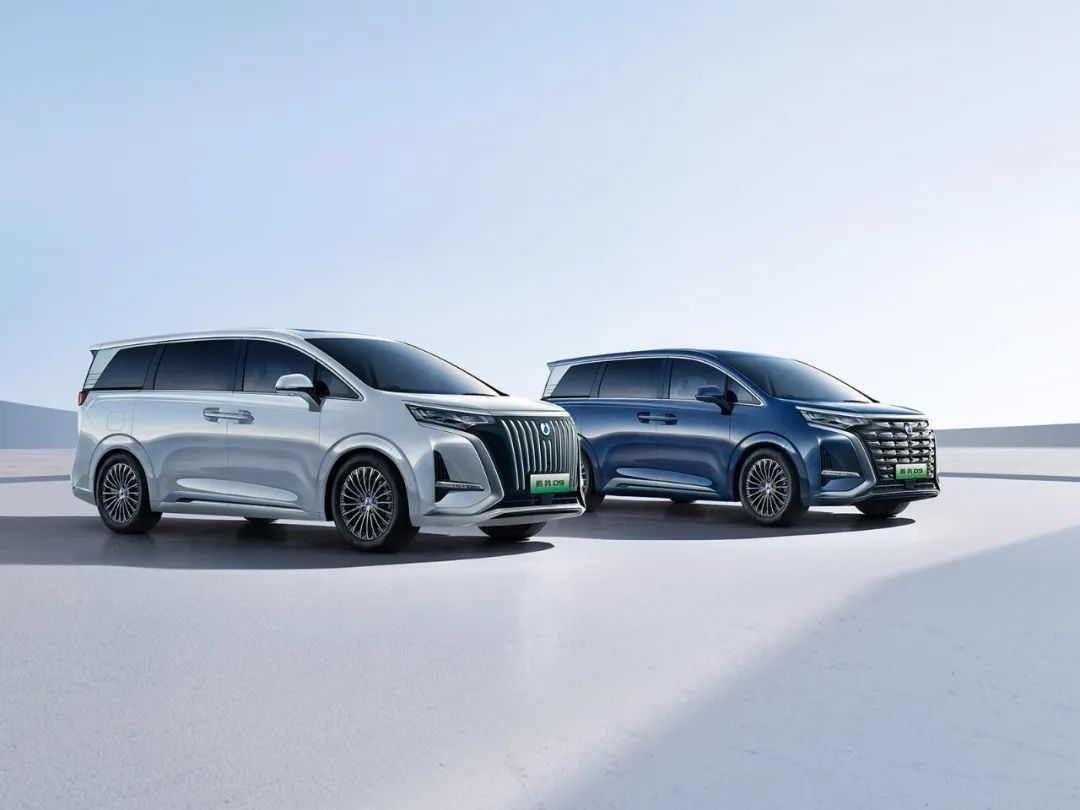
Denza has the most to say on this matter.
"Denza D9's market share has reached 30%," Zhao Changjiang, Denza's Chief Co-Creation Officer, said in a recent media interview. Notably, Denza's re-entry into the new energy vehicle market in 2022 was attributed to the launch of the Denza D9 MPV model.
Prior to this, Denza had suffered consecutive losses. Statistics show that from 2016 to 2018, Denza lost 1.3 billion yuan, 477 million yuan, and 888 million yuan, respectively. According to media reports, BYD Chairman and President Wang Chuanfu once stated that over eight years ending in 2021, Denza had accumulated losses of nearly 5 billion yuan.
With the delivery of the 200,000th Denza D9 this year, the model has not only become the fastest new energy luxury MPV to reach this milestone but has also maintained its position as the top-selling MPV in the market for two consecutive years since its launch.

It is evident that the MPV market landscape has undergone a fundamental transformation, with domestic brands successfully transitioning from a minority to a majority and introducing a plethora of new energy models. In addition to the Voyah Dreamer and Denza D9, models like the Trumpchi E8 and Zeekr 009 have also secured a foothold in the MPV market.
To reverse their passive position in the MPV market, joint ventures like SAIC-GM have also introduced plug-in hybrid MPV models to compete. Industry analysts believe that if they continue to rely solely on fuel vehicles, models like the GL8 may further lose market share in the MPV segment. The timing of the GL8 plug-in hybrid's launch this year is undoubtedly an attempt by Buick to respond to fierce market competition.
With the launch of the plug-in hybrid GL8, Buick GL8 sales regained the top spot in the MPV segment in August with 9,974 units sold, setting a new monthly sales record for 2024. Meanwhile, Buick GL8 cumulative sales from January to August reached 60,886 units, ranking first in the domestic MPV market.
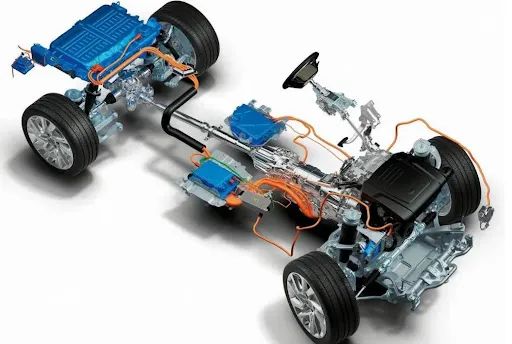
Apart from localization, the trend towards premiumization in the MPV market is also becoming increasingly apparent, as evidenced by the pricing of the aforementioned models.
Statistics show that in 2022, total sales of MPV models priced below 300,000 yuan declined by 22.2%. In contrast, sales of MPV models priced above 300,000 yuan more than doubled. For example, the Denza D9 is priced between 345,800 and 660,000 yuan.
In comparison, low-end MPV models have been shrinking in recent years.
Data from 2023 shows that sales of A0 and A-segment MPV models declined by 33% and 37% year-on-year, respectively. Apart from the evident premiumization of MPV demand among Chinese car buyers, some potential customers have opted for more affordable large SUVs with ample space.
Despite the increasing number of players in the MPV market, overall demand is gradually becoming more rational.
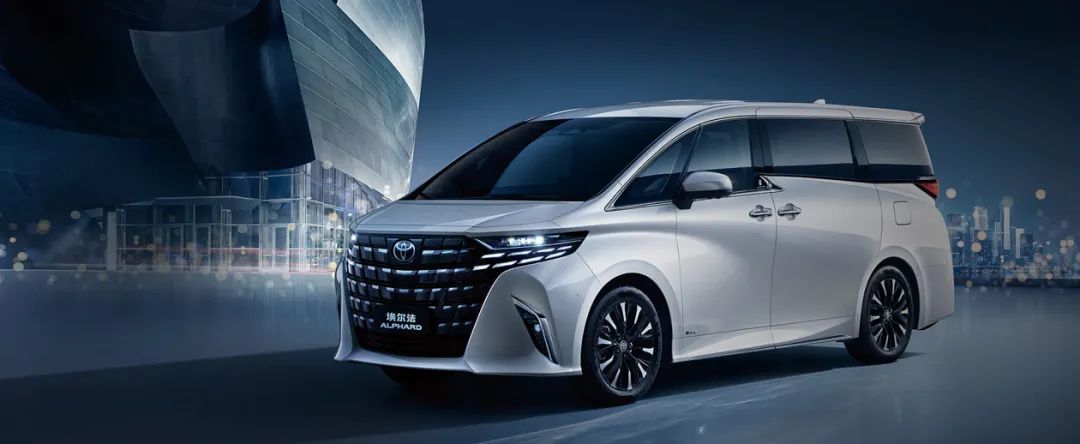
According to the latest data from the China Passenger Car Association (CPCA), MPV retail sales in August were approximately 92,000 units, down 3.9% year-on-year but up 9.9% month-on-month. From January to August this year, cumulative MPV retail sales in China were only 656,000 units, equivalent to about one-tenth of SUV sales. Compared to the same period last year, MPV retail sales fell by 7.9% year-on-year.
Cui Dongshu, Secretary-General of the Passenger Car Market Information Joint Council of the China Automobile Dealers Association, said the cold MPV market and lower-than-expected sales of various automakers' products this year were the result of comprehensive factors such as reduced social demand and a declining market economy.
"In the past few years, the 'two-child trend' was prevalent, and MPVs, with their spacious interior and comprehensive active and passive safety features, became an excellent choice for families with multiple children. As this trend subsides and the market returns to rationality, MPV demand cools, and sales declines are expected. The rise of MPVs can be seen as a phased outburst of market demand," Cui said.
The influx of numerous players into the MPV sector in the short term has, to a certain extent, led to "internal competition," and issues of homogenization have gradually emerged.

Therefore, multiple brands have recognized the issue of internal competition in the MPV market and proposed a solution: new energy vehicles.
A research report from Eastmoney Securities stated that due to their larger body size and heavier weight, MPVs with more passengers tend to have higher operating costs compared to fuel-powered models. However, new energy MPVs offer significantly lower operating costs. Additionally, compared to fuel-powered models, new energy MPVs offer better interior space utilization and quieter rides, making them more appealing to consumers.
These trends are evident from the data. In 2016, the market penetration rate of new energy MPVs in China was relatively low at only 0.8%. However, this figure has shown a significant upward trend in subsequent years, rising to 4.1% in 2021 and 9.8% in 2022, reaching 25.21% in 2023.
From a powertrain perspective, plug-in hybrid MPVs are more popular among consumers.
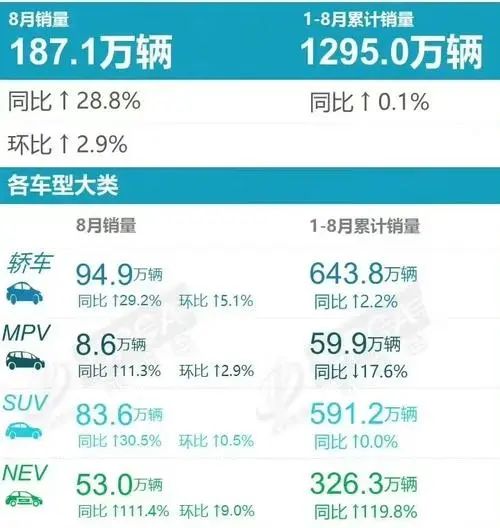
Public data shows that domestic sales of plug-in hybrid MPV models reached 164,000 units in 2023, a year-on-year increase of 430%. In contrast, sales of pure electric MPV models were only 81,000 units, significantly lower and growing at a slower rate than plug-in hybrids. Models like the Denza D9 and Voyah Dreamer rely heavily on their plug-in hybrid versions for sales, with their pure electric versions not performing as well.
On the other hand, the best-performing pure electric MPV model in the market is the Xpeng X9, which has delivered over 15,000 units in eight months. This achievement not only sets a new record for the brand but also makes the Xpeng X9 the top-selling pure electric MPV and large 7-seater electric vehicle in the current market.
However, the development prospects of the pure electric MPV market are still constrained by concerns among some potential customers, such as limited range and slow charging times, which are difficult issues for new players to avoid. As a result, pure electric MPVs have found themselves in a predicament of high buzz but low sales. For example, the Lixiang MEGA, despite its launch, has not stood out in the MPV market.
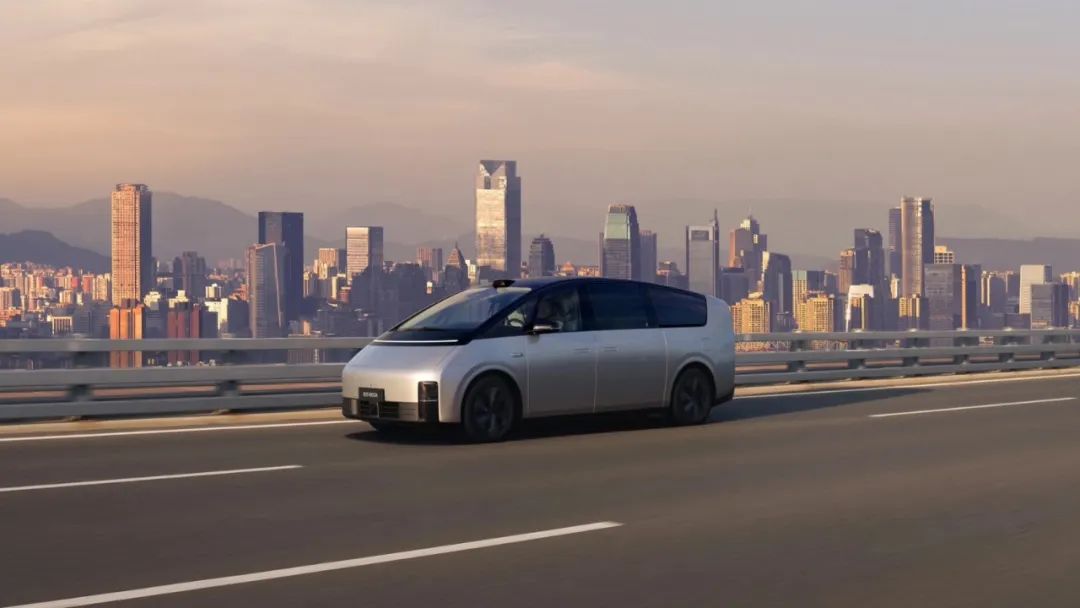
Although Lixiang Auto hopes to address charging concerns with its 5C supercharging technology, industry insiders believe that the 710-kilometer range claimed for the Lixiang MEGA is merely a theoretical figure, and its actual driving range remains to be determined. Moreover, the limited availability of 5C supercharging stations currently means that even if Lixiang Auto can complete its planned rollout on schedule, its impact may be limited in the short term.
In summary, as domestic family structures evolve and the electrification wave gains momentum, the MPV segment appears to be entering a new "golden age." However, persistent sluggish sales at the market end this year suggest that it is still too early to draw definitive conclusions about the future of MPVs. As more automakers aim for a "grand slam" in this niche market, they will further accelerate the restructuring of the MPV market landscape.
Note: Images are sourced from the internet. In case of infringement, please contact us for removal.








